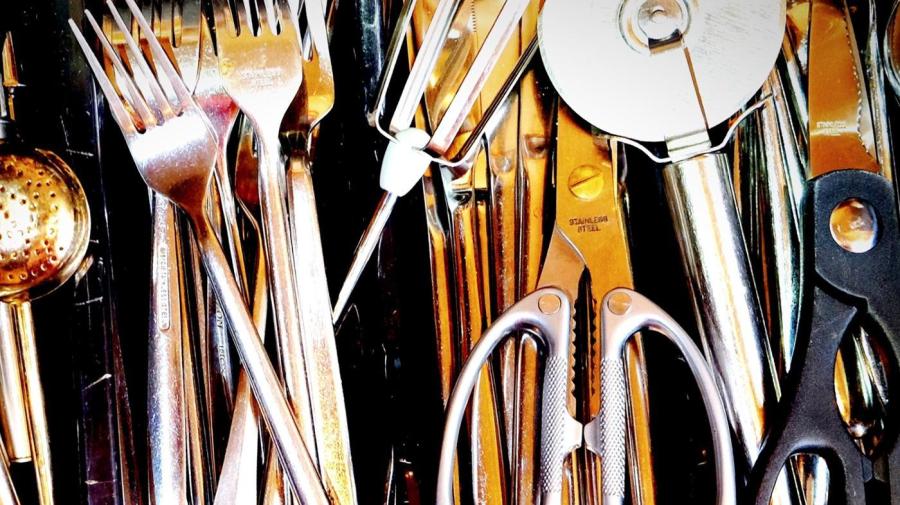What Are Examples of Malleable Materials?

Some examples of malleable materials are gold, silver, iron, aluminum, copper and tin. While not all objects are malleable, most metals are. Their ease and flexibility when in comes to shaping are the reason they are so widely used to make jewelry and electronic circuits.
Malleability is a physical property of metals that defines the ability to be hammered, pressed or rolled into thin sheets without breaking or tearing. It is the property of a metal to deform under compression.
Physical changes in metal are responsible for its deformation. When a malleable metal is compressed, the individual molecules within the metal are displaced but not separated. This property allows metal to retain its composition and not break under stress. Therefore, malleable materials can be stretched, reshaped, pounded, rolled and forged into a wide variety of tools and devices. Malleable objects can usually be reshaped and molded around other objects when the appropriate amount of pressure is applied via hammer or roller.
Malleability has many applications that range from scientific to every day use. For example, malleable metals are used in almost every automobile component, especially engine components. They are also used in kitchen appliances such as refrigerators, microwaves and stoves.





